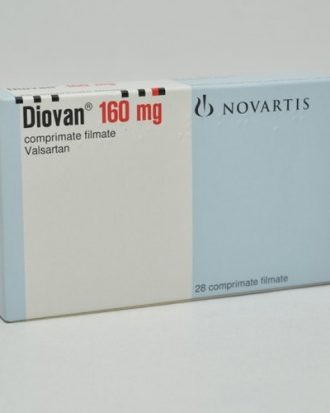-
×
 Amilin (Tab) 25mg
1 × ৳ 1.75
Amilin (Tab) 25mg
1 × ৳ 1.75 -
×
 Closeup Ever Fresh Anti Germ Toothpaste | 45 g
1 × ৳ 50.00
Closeup Ever Fresh Anti Germ Toothpaste | 45 g
1 × ৳ 50.00 -
×
 Alatrol (Tab) 10mg
1 × ৳ 3.00
Alatrol (Tab) 10mg
1 × ৳ 3.00 -
×
 Abecab (Tab) 5/40mg
2 × ৳ 18.00
Abecab (Tab) 5/40mg
2 × ৳ 18.00 -
×
 Acme Premium (Juice) 250ml
1 × ৳ 25.00
Acme Premium (Juice) 250ml
1 × ৳ 25.00 -
×
 Boost 3X More Stamina Jar | 400 g
4 × ৳ 390.00
Boost 3X More Stamina Jar | 400 g
4 × ৳ 390.00 -
×
 Win Boost (Pen)
1 × ৳ 10.00
Win Boost (Pen)
1 × ৳ 10.00 -
×
 Clear Men Anti-Dandruff | 330 ml
2 × ৳ 450.00
Clear Men Anti-Dandruff | 330 ml
2 × ৳ 450.00 -
×
 Clean & Clear Foaming Face Wash 100ml
4 × ৳ 240.00
Clean & Clear Foaming Face Wash 100ml
4 × ৳ 240.00 -
×
 Closeup | 100 g
3 × ৳ 110.00
Closeup | 100 g
3 × ৳ 110.00 -
×
 Ameloss (Tab) 5mg
1 × ৳ 100.00
Ameloss (Tab) 5mg
1 × ৳ 100.00 -
×
 Mederma Advanced Plus (Scar Gel) 10gm
1 × ৳ 920.00
Mederma Advanced Plus (Scar Gel) 10gm
1 × ৳ 920.00 -
×
 Carex Classic Condoms | 3 pieces
1 × ৳ 35.00
Carex Classic Condoms | 3 pieces
1 × ৳ 35.00 -
×
 Clear Complete Active Care | 180 ml
1 × ৳ 220.00
Clear Complete Active Care | 180 ml
1 × ৳ 220.00 -
×
 Respo-Chamber-Adalt BSMI (Surgical)
1 × ৳ 200.00
Respo-Chamber-Adalt BSMI (Surgical)
1 × ৳ 200.00 -
×
 Respo Chember Child (Surgical)
1 × ৳ 200.00
Respo Chember Child (Surgical)
1 × ৳ 200.00 -
×
 Reset (Susp) 60ml
1 × ৳ 20.00
Reset (Susp) 60ml
1 × ৳ 20.00
Subtotal: ৳ 5,570.75





Reviews
There are no reviews yet.